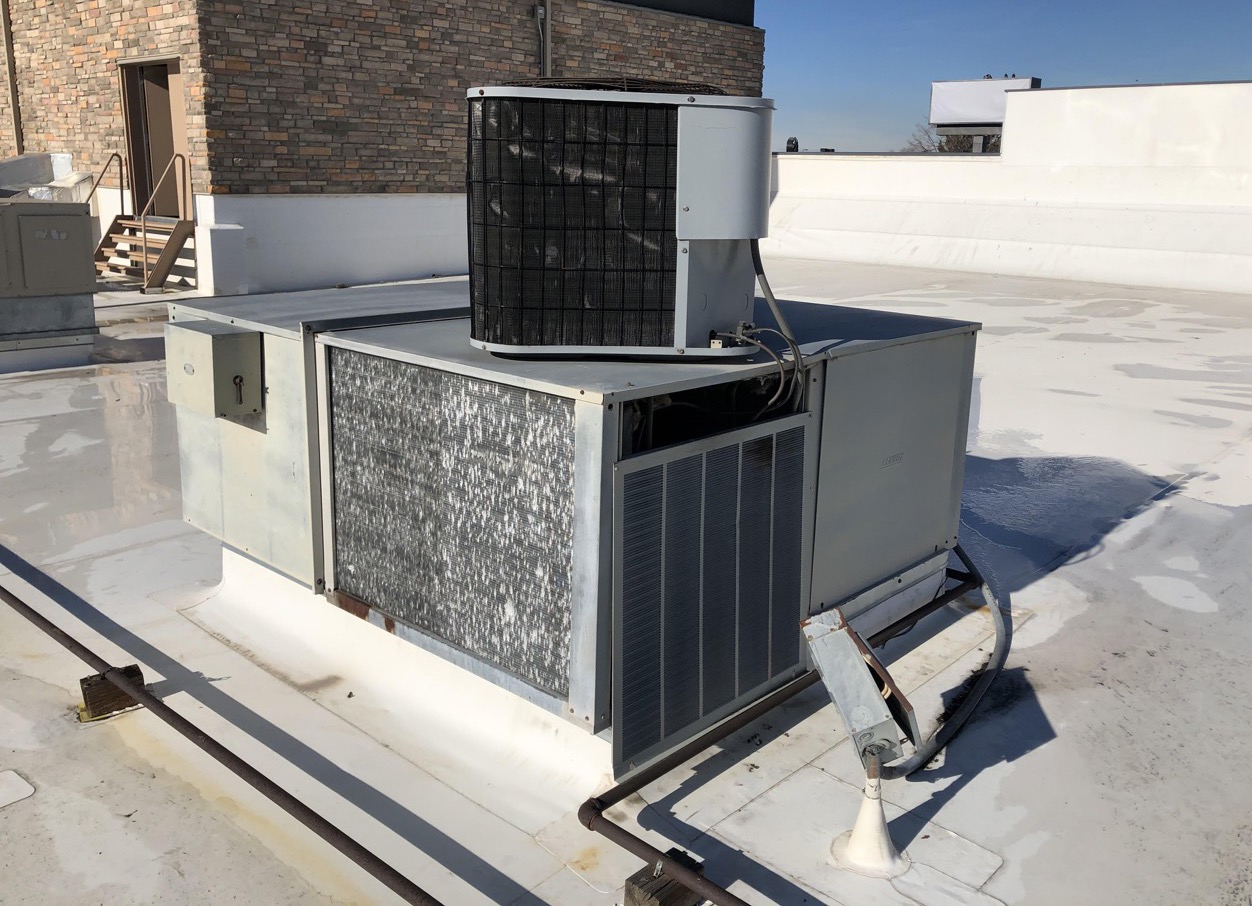

Articles
How Does A Split System HVAC Work
Modified: January 18, 2024
Learn how a split system HVAC works in this informative article. Discover the key components and processes behind this innovative heating and cooling system.
(Many of the links in this article redirect to a specific reviewed product. Your purchase of these products through affiliate links helps to generate commission for Storables.com, at no extra cost. Learn more)
Introduction
A split system HVAC, also known as a ductless or mini-split system, is a popular heating, ventilation, and air conditioning solution that provides efficient indoor climate control for residential and commercial spaces. Unlike traditional central HVAC systems that use ductwork to distribute air, a split system HVAC utilizes individual indoor units connected to an outdoor unit through refrigerant lines.
This article will explore the various components of a split system HVAC, how it works to cool and heat spaces, the air distribution process, thermostat control, energy efficiency considerations, and maintenance and troubleshooting tips.
With a split system HVAC, users can enjoy zoned heating and cooling, allowing for customizable comfort in different areas of the building. Additionally, this system is ideal for homes or buildings without existing ductwork or for those looking to reduce energy consumption and costs.
Let’s dive into the details of how a split system HVAC works and how it can regulate the indoor climate efficiently and effectively.
Key Takeaways:
- Split system HVACs provide zoned comfort and customizable temperature control through efficient cooling and heating processes, strategic air distribution, and user-friendly thermostat control, enhancing indoor comfort and energy efficiency.
- Energy efficiency, regular maintenance, and troubleshooting are crucial for optimal performance and longevity of split system HVACs, offering consistent comfort while minimizing energy consumption and costs.
Read more: How Does The HVAC System Work
Parts of a Split System HVAC
A split system HVAC consists of several key components that work together to provide heating and cooling functionality. Understanding these parts will help you grasp the intricacies of how the system operates:
- Outdoor Unit: Also known as the condensing unit, the outdoor unit houses the compressor, condenser, and fan. It is responsible for dissipating heat from the refrigerant and releasing it into the atmosphere.
- Indoor Unit(s): These are the indoor components of the system that are responsible for absorbing heat or cool air from the room. They comprise an evaporator coil, fan, and air filter. Indoor units can be wall-mounted, ceiling-mounted, or floor-standing depending on the design and layout of the space.
- Refrigerant Lines: These copper pipes connect the outdoor and indoor units, allowing refrigerant to flow between them. The refrigerant is responsible for absorbing and releasing heat during the cooling and heating process.
- Refrigerant: A chemical substance that circulates through the system, absorbing heat from the indoor space and releasing it outside during the cooling process. It undergoes a phase change from high pressure and temperature gas to low pressure and temperature liquid, and vice versa, to facilitate the transfer of heat.
- Thermostat: This device, located within the space, allows you to set and control the desired temperature. The thermostat communicates with the indoor units and outdoor unit to regulate cooling and heating as per your preferences.
- Control Panel: The control panel provides a user-friendly interface to adjust settings and monitor the performance of the split system HVAC. It displays temperature, mode, fan speed, and other relevant information.
These components work harmoniously to achieve efficient cooling and heating, providing optimal comfort for your indoor space. Now that we have an understanding of the various parts of a split system HVAC, let’s explore the cooling and heating processes in detail.
Cooling Process
The cooling process of a split system HVAC involves the extraction of heat from the indoor space and releasing it outside. Here’s a step-by-step breakdown of how the cooling process works:
- The thermostat detects that the indoor temperature is higher than the desired set temperature.
- The thermostat sends a signal to the indoor unit to activate the cooling mode.
- The indoor unit’s fan begins to circulate warm indoor air over the evaporator coil.
- The refrigerant inside the evaporator coil absorbs the heat from the warm air, causing it to evaporate into a low-pressure, cool gas.
- The cooled air is then distributed back into the room, lowering the indoor temperature.
- The low-pressure gas refrigerant flows through the refrigerant lines to the outdoor unit.
- In the outdoor unit, the refrigerant is compressed by the compressor, converting it back into a high-pressure, high-temperature gas.
- As the refrigerant passes through the condenser coil, the heat it absorbed from the indoor space is released into the outdoor air.
- The condenser fan blows air over the condenser coil to assist in the heat dissipation process.
- The refrigerant, now in a high-pressure, high-temperature liquid state, flows back to the indoor unit through the refrigerant lines, ready for the next cooling cycle.
This continuous cycle repeats until the indoor temperature reaches the desired set temperature. The split system HVAC’s ability to remove heat from the indoor space efficiently ensures a comfortable and cool environment, even during hot summer days.
Next, let’s explore the heating process of a split system HVAC and how it keeps you warm during colder months.
Heating Process
The heating process of a split system HVAC is designed to keep your indoor space warm and cozy during colder months. Here’s a step-by-step breakdown of how the heating process works:
- The thermostat detects that the indoor temperature is lower than the desired set temperature.
- The thermostat sends a signal to the indoor unit to activate the heating mode.
- The indoor unit’s fan begins to circulate cooler indoor air over the evaporator coil.
- The refrigerant inside the evaporator coil absorbs any remaining heat from the cooler air, causing it to evaporate into a low-pressure, cool gas.
- The cooled air is then distributed back into the room.
- The low-pressure gas refrigerant flows through the refrigerant lines to the outdoor unit.
- In the outdoor unit, the refrigerant is compressed by the compressor, increasing its temperature.
- The now high-pressure, high-temperature gas flows through the condenser coil.
- The condenser coil releases the heat into the indoor air, making it warm.
- The warm air is then distributed back into the room, raising the indoor temperature.
- The refrigerant, now in a high-pressure, high-temperature liquid state, flows back to the indoor unit through the refrigerant lines to repeat the heating cycle.
By extracting heat from the outdoor air and transferring it indoors, the split system HVAC ensures efficient heating for your space. This process provides a consistent and comfortable indoor environment, even when it’s freezing outside.
Now that we understand how a split system HVAC works to cool and heat your space, let’s explore how the system distributes the conditioned air throughout the room.
Air Distribution
A crucial aspect of a split system HVAC is the effective distribution of conditioned air throughout the room. The system employs a combination of fans and strategically placed indoor units to ensure optimal airflow and comfort. Here’s how the air distribution process works:
1. Indoor Unit Placement: The indoor units are strategically installed in different areas of the room or building, depending on the heating and cooling requirements. These units are designed to deliver conditioned air directly into the space.
2. Fan Operation: The fans within the indoor units play a crucial role in air distribution. They circulate the air within the room, ensuring an even distribution of conditioned air and eliminating hot or cold spots.
3. Multi-Zone Control: One of the significant advantages of a split system HVAC is that it allows for zoned heating and cooling. Each indoor unit can be controlled independently, enabling users to customize the temperature in specific areas. This zoning feature ensures that conditioned air is directed only where it is needed, optimizing energy efficiency.
4. Air Vanes: The indoor units often come equipped with adjustable air vanes or louvers. These vanes allow users to control the direction of the conditioned air. By adjusting the airflow direction, you can direct the airflow to specific areas of the room, ensuring comfort and personalized temperature control.
5. Proper Airflow Design: To ensure efficient air distribution, the system must be properly designed by considering the size of the space, placement of the indoor units, and the specific airflow requirements. Improper airflow design can result in inadequate cooling or heating and reduced overall performance of the system.
The air distribution process in a split system HVAC ensures that conditioned air is effectively delivered to every corner of the room or building, providing optimal comfort and temperature control. Now, let’s explore how the thermostat control works in this system.
Regular maintenance of your split system HVAC, including cleaning or replacing filters, can improve its efficiency and extend its lifespan.
Read more: What Is A HVAC Split System
Thermostat Control
The thermostat is a key component of a split system HVAC that allows users to control and regulate the temperature in their indoor space. Here’s how the thermostat control works:
1. Temperature Setting: The thermostat allows you to set and adjust the desired temperature in your space. Most thermostats have a user-friendly interface with buttons or a touchscreen for easy temperature input.
2. Mode Selection: The thermostat offers different modes to choose from, such as cooling, heating, fan-only, or auto mode. The cooling mode activates the system’s cooling function, while the heating mode activates the heating process. In auto mode, the system automatically switches between heating and cooling based on the temperature settings.
3. Fan Speed Control: Depending on the thermostat’s capabilities, you may have the option to control the fan speed. The fan speed can usually be set to low, medium, or high, allowing you to adjust the airflow intensity within your space.
4. Programmable Options: Many thermostats offer programmable features that allow you to create a schedule for temperature adjustments throughout the day. This feature is especially useful for optimizing energy efficiency by automatically adjusting the temperature when you are away or sleeping.
5. Sensor Integration: Some thermostats are equipped with sensors that measure the temperature in the room or detect occupancy. These sensors help the thermostat intelligently adjust the temperature settings based on the occupancy or room conditions, ensuring comfort and energy savings.
6. Remote Access: Advanced thermostats may offer remote access via smartphone apps or internet connectivity. This feature allows you to control and monitor your HVAC system from anywhere, providing convenience and flexibility.
The thermostat control gives users complete command over their split system HVAC, allowing them to customize and adjust the temperature settings and modes according to their preferences. This level of control ensures optimal comfort and energy efficiency.
Now that we understand the thermostat control in a split system HVAC, let’s delve into the importance of energy efficiency in these systems and how they can save on energy costs.
Energy Efficiency
Energy efficiency is a critical consideration when it comes to selecting and operating a split system HVAC. These systems are designed to provide efficient heating and cooling while minimizing energy consumption. Here are some key factors that contribute to the energy efficiency of a split system HVAC:
1. Inverter Technology: Many modern split system HVAC units incorporate inverter technology, which allows the compressor to operate at variable speeds. This technology adjusts the cooling or heating output based on the required demand, resulting in reduced energy consumption and improved efficiency.
2. Zoned Cooling and Heating: The ability to create different zones within your space allows you to selectively cool or heat specific areas. By only conditioning the zones that are in use, you can minimize energy wastage and enhance overall efficiency.
3. Proper Sizing: Ensuring that your split system HVAC is appropriately sized for your space is crucial for energy efficiency. Oversized or undersized units may lead to ineffective cooling and heating, as well as increased energy consumption. Consulting with a professional HVAC technician can help determine the ideal size for your system.
4. Insulation and Sealing: Proper insulation and sealing of your home or building’s envelope can significantly impact energy efficiency. Well-insulated walls, ceilings, and windows help to retain conditioned air and prevent heat transfer, reducing the load on the HVAC system and improving efficiency.
5. Regular Maintenance: Regular maintenance of your split system HVAC is essential for its optimal performance and energy efficiency. This includes cleaning or replacing air filters, checking refrigerant levels, cleaning coils, and ensuring proper airflow. Routine maintenance can help identify and address any issues that may impact the system’s efficiency.
6. Energy-Efficient Features: Look for energy-saving features when selecting a split system HVAC, such as programmable thermostats, energy-saving modes, and smart controls. These features allow you to optimize the system’s energy consumption based on your usage patterns and preferences.
By considering these factors and implementing energy-efficient practices, you can minimize your environmental impact and save on energy costs while enjoying the comfort provided by your split system HVAC.
Now, let’s explore the importance of regular maintenance and troubleshooting tips to keep your system in top condition.
Maintenance and Troubleshooting
Maintaining your split system HVAC and promptly addressing any issues that arise are crucial for its optimal performance and longevity. Here are some maintenance and troubleshooting tips to keep your system in top condition:
1. Regular Filter Cleaning or Replacement: Clean or replace the air filters every 1-2 months, or as recommended by the manufacturer. Dirty filters can restrict airflow, reduce efficiency, and lead to poor indoor air quality.
2. Clean the Outdoor Unit: Regularly inspect and clean the outdoor unit to remove dirt, leaves, or debris that can obstruct airflow. Ensure that the area around the unit is clear to allow for proper ventilation.
3. Check and Clean Coils: Over time, the evaporator and condenser coils may collect dirt and dust, reducing their efficiency. It is important to have these coils cleaned by a professional to ensure optimal performance.
4. Inspect Refrigerant Lines: Periodically check the refrigerant lines for any signs of leakage or damage. If you notice any issues, such as refrigerant leaks or decreased cooling/heating performance, contact a professional HVAC technician for repair.
5. Test and Calibrate Thermostat: Occasionally check the thermostat’s accuracy by comparing it to a reliable thermometer. If there are any discrepancies or issues with temperature control, it may need calibration or replacement.
6. Maintain Proper Airflow: Ensure that the supply and return air vents are not blocked by furniture, curtains, or other objects. Proper airflow is essential for efficient operation and maintaining a comfortable indoor environment.
7. Monitor Energy Consumption: Keep track of your energy usage to identify any significant deviations from normal patterns. A sudden increase in energy consumption may indicate a problem with the system that requires attention.
8. Seek Professional Assistance for Complex Issues: If you encounter any complex issues or problems with your split system HVAC that you are unable to resolve, it is best to contact a licensed HVAC technician. They have the expertise and knowledge to diagnose and fix complex issues effectively.
By following these maintenance practices and addressing any troubleshooting concerns promptly, you can ensure the optimal performance, energy efficiency, and longevity of your split system HVAC.
Now, let’s wrap up our discussion on split system HVACs.
Conclusion
A split system HVAC offers an efficient and versatile solution for heating and cooling residential and commercial spaces. With its individual indoor units, outdoor condensing unit, refrigerant lines, and thermostat control, this system provides zoned comfort and customizable temperature control.
The cooling process involves the absorption of heat from indoor air, using refrigerant to cool it down, and releasing the heat outside. Conversely, the heating process extracts heat from the outdoor air and transfers it indoors.
The system excels in air distribution through strategically placed indoor units, fans, and adjustable air vanes. This ensures that conditioned air is evenly distributed throughout the space, promoting optimal comfort.
The thermostat control allows users to set and adjust the temperature, select operational modes, control fan speed, and even program temperature schedules for energy efficiency. Remote access and sensor integration add further convenience and automation.
Energy efficiency is a key consideration of split system HVACs, achieved through inverter technology, zoned cooling and heating, proper sizing, insulation, regular maintenance, and energy-efficient features.
Maintaining the system through regular filter cleaning or replacement, cleaning coils, inspecting refrigerant lines, and monitoring energy consumption is vital for its optimal performance. Troubleshooting issues promptly and seeking professional assistance for complex problems ensures its longevity.
In conclusion, a split system HVAC offers effective climate control, energy efficiency, and customizable comfort. By understanding its components and processes and following proper maintenance practices, you can enjoy a consistently comfortable indoor environment while minimizing energy consumption and costs.
So, whether you are looking to upgrade your existing HVAC system or exploring options for a new installation, considering a split system HVAC can be a wise and beneficial choice.
Frequently Asked Questions about How Does A Split System HVAC Work
Was this page helpful?
At Storables.com, we guarantee accurate and reliable information. Our content, validated by Expert Board Contributors, is crafted following stringent Editorial Policies. We're committed to providing you with well-researched, expert-backed insights for all your informational needs.
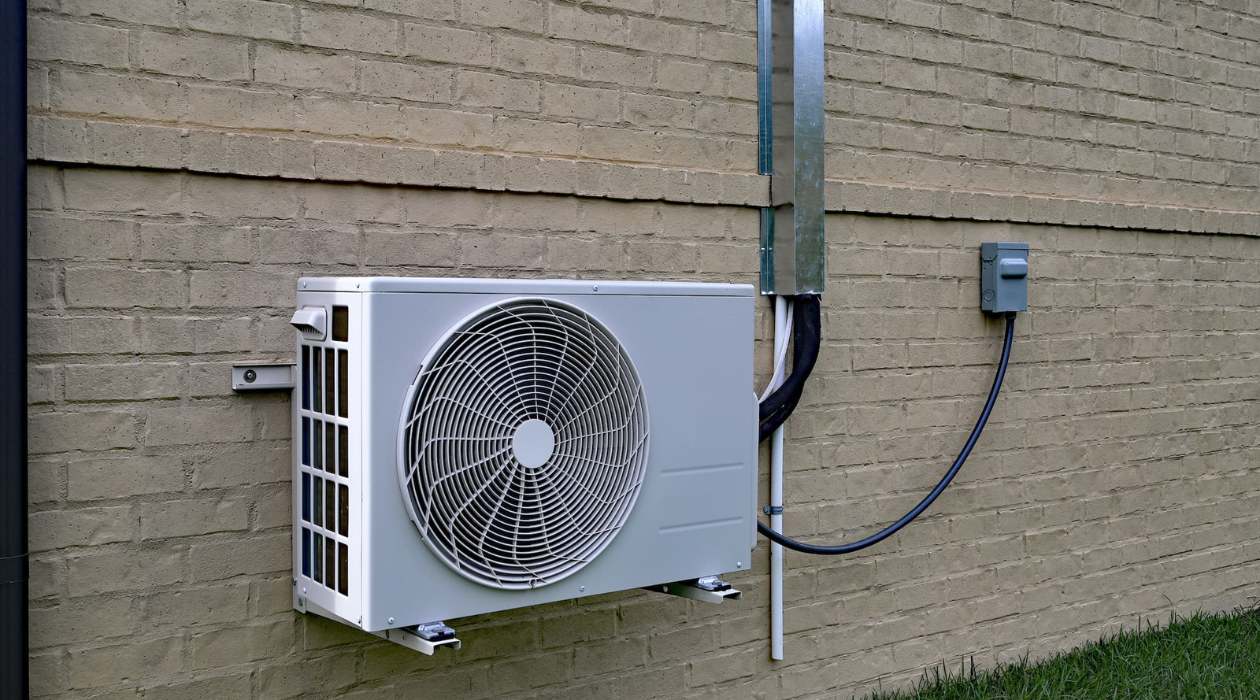
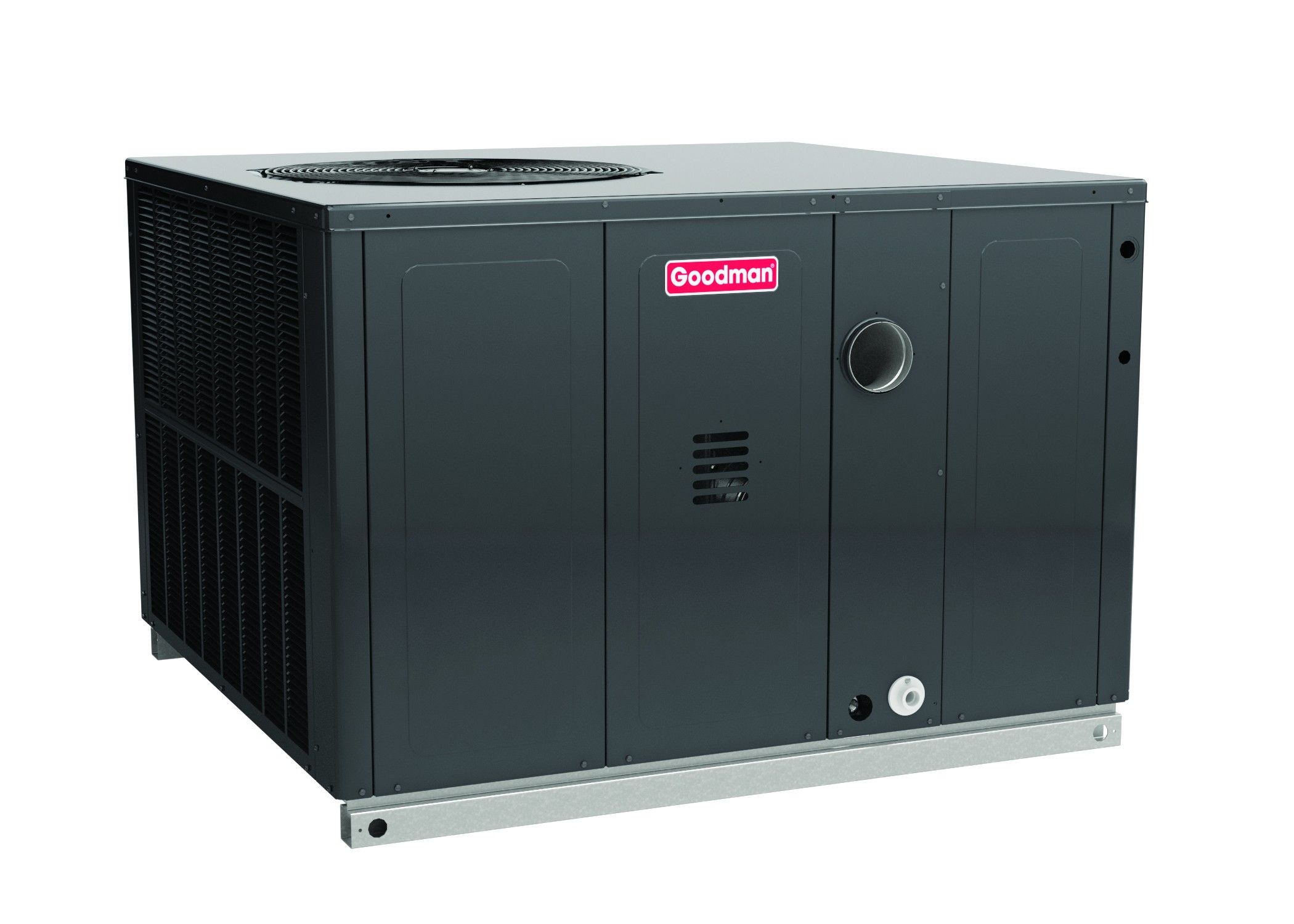
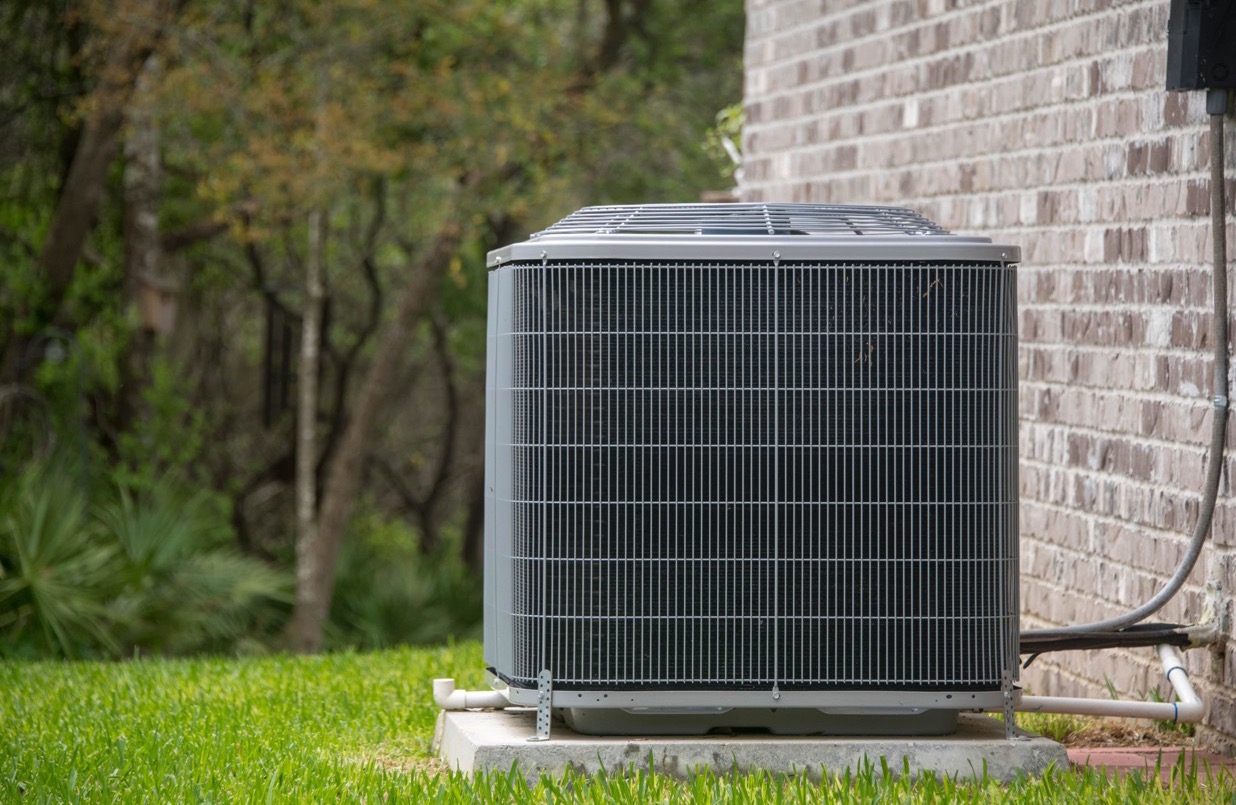
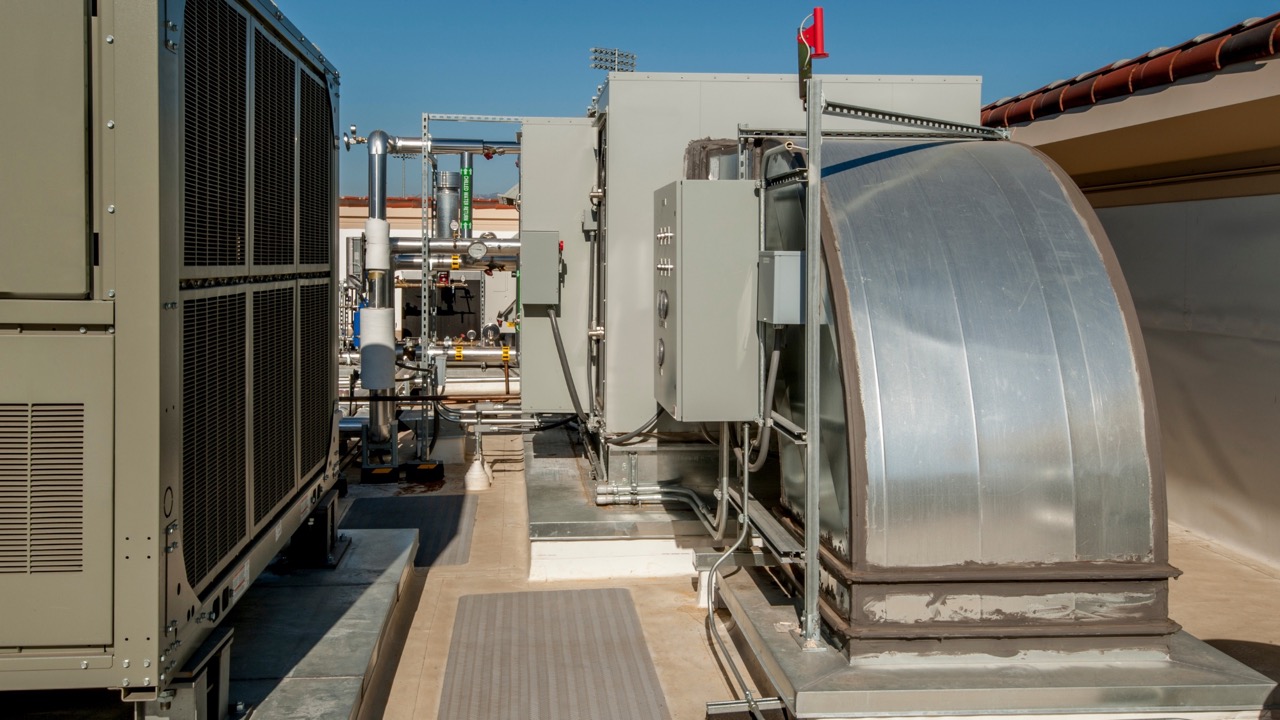
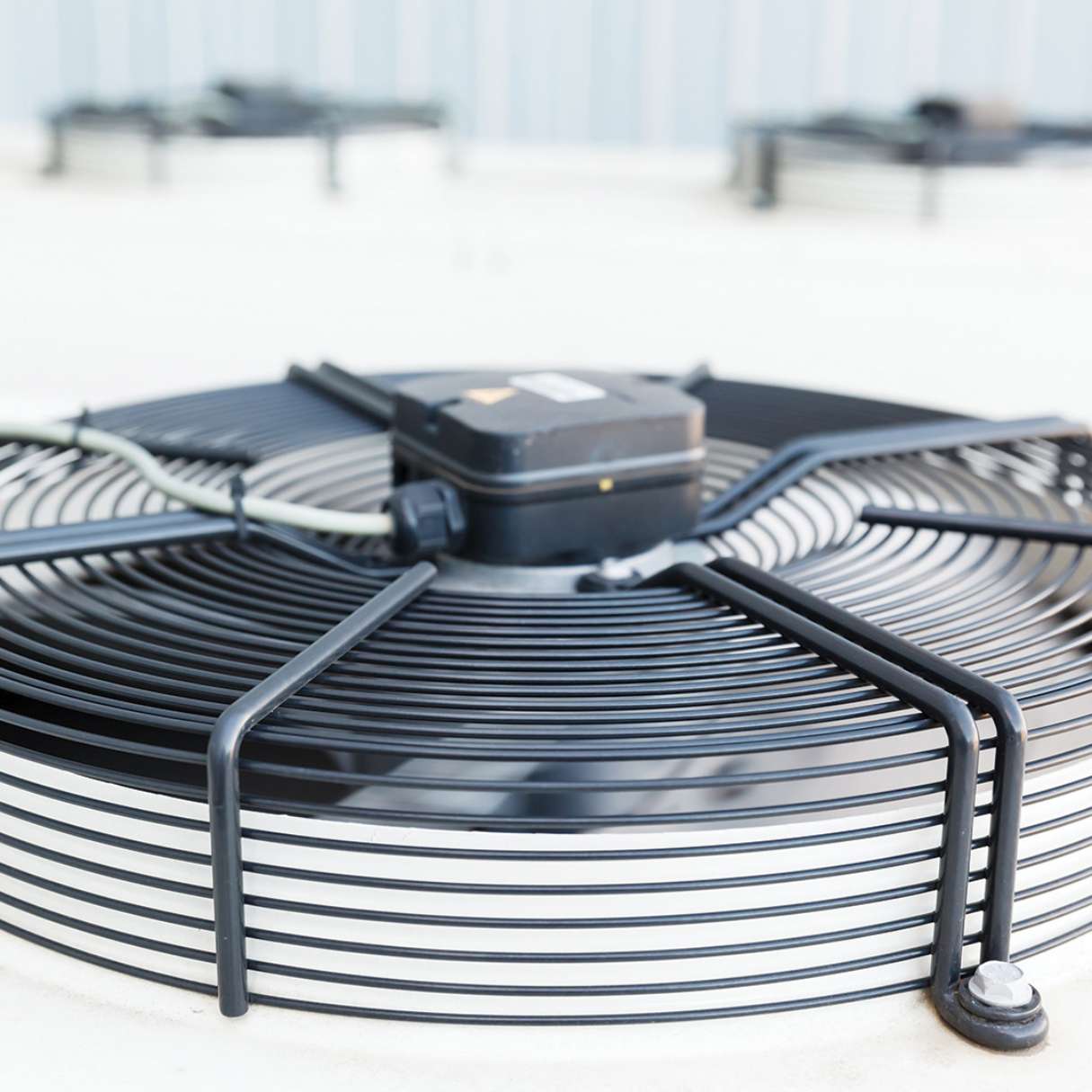
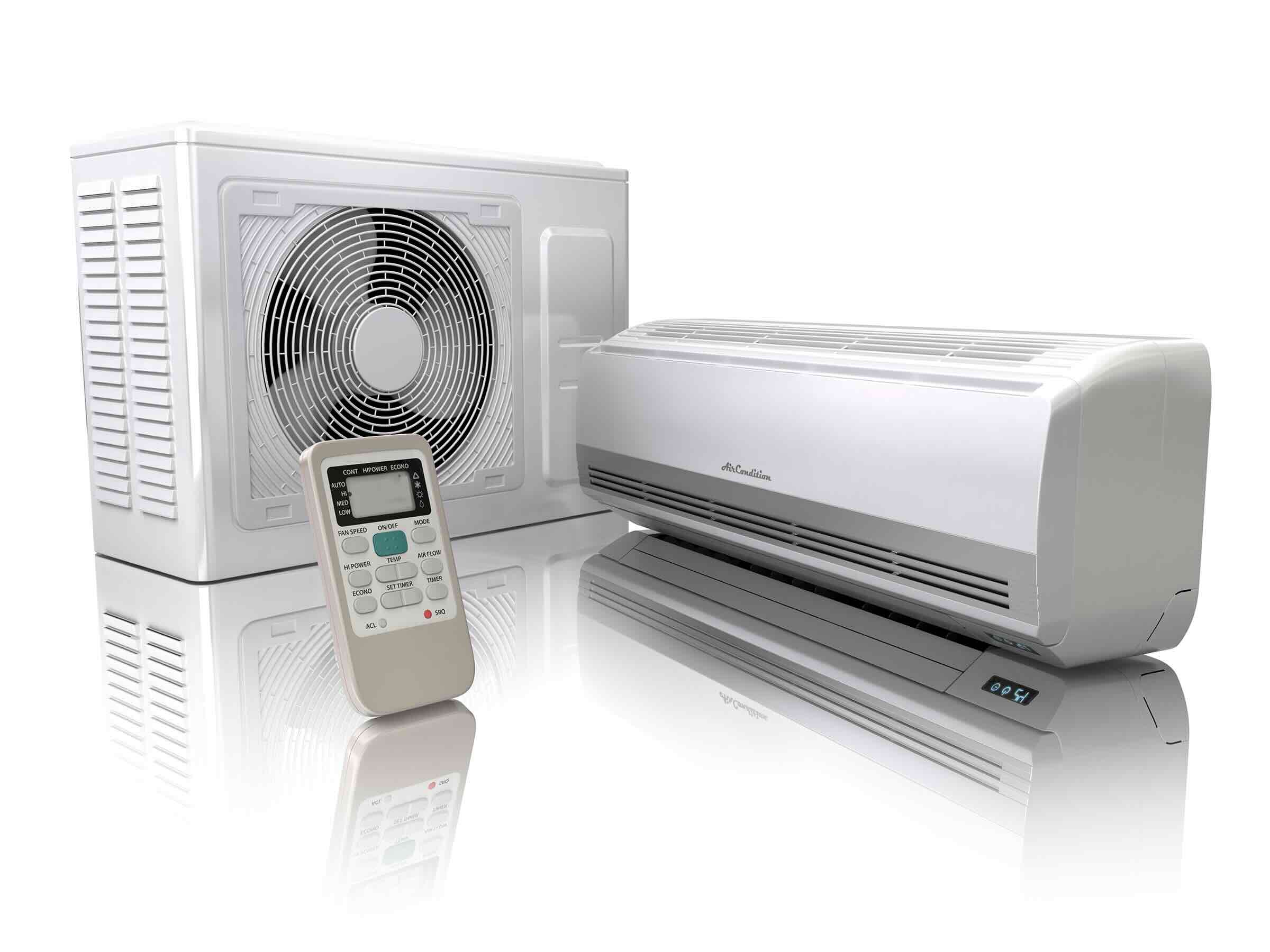
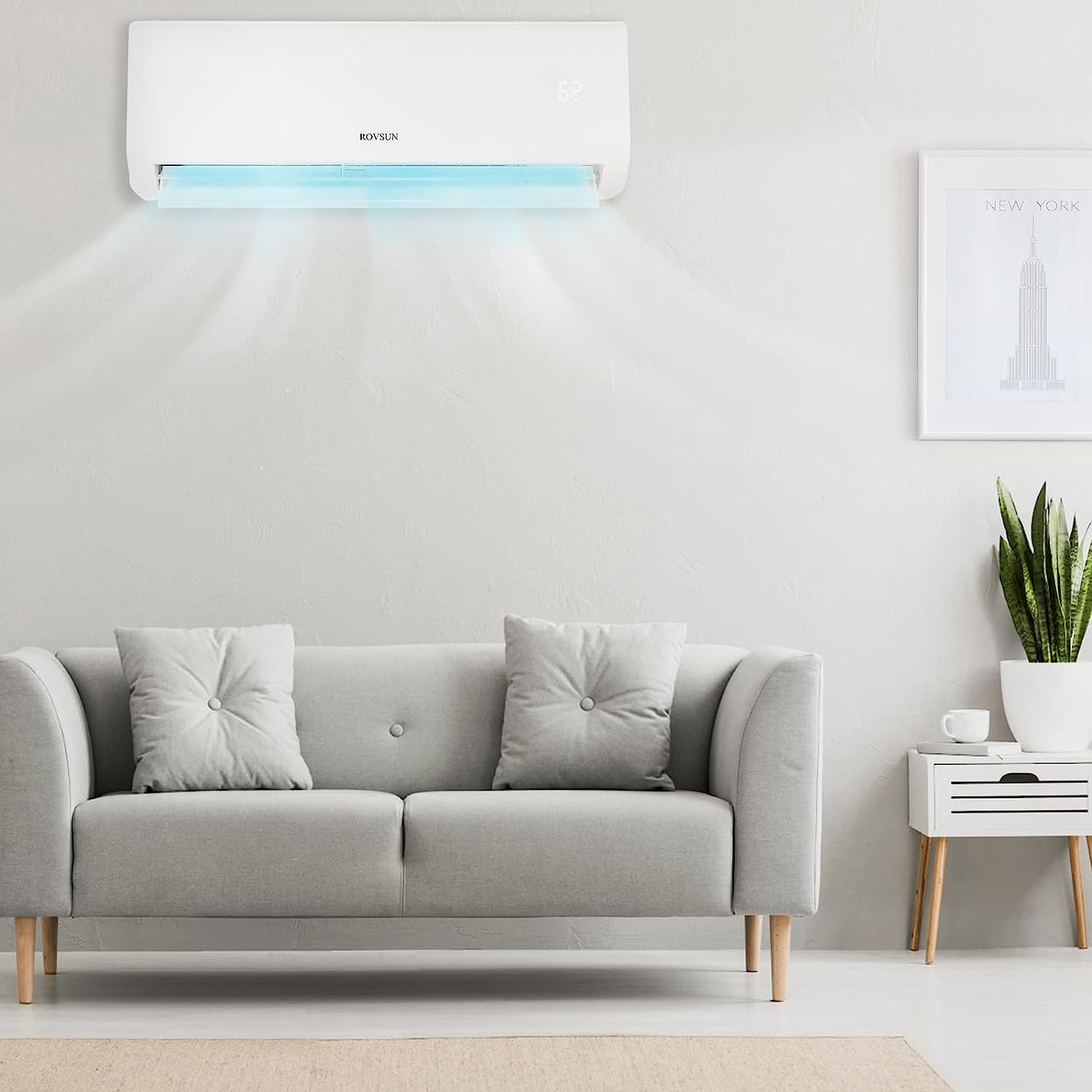
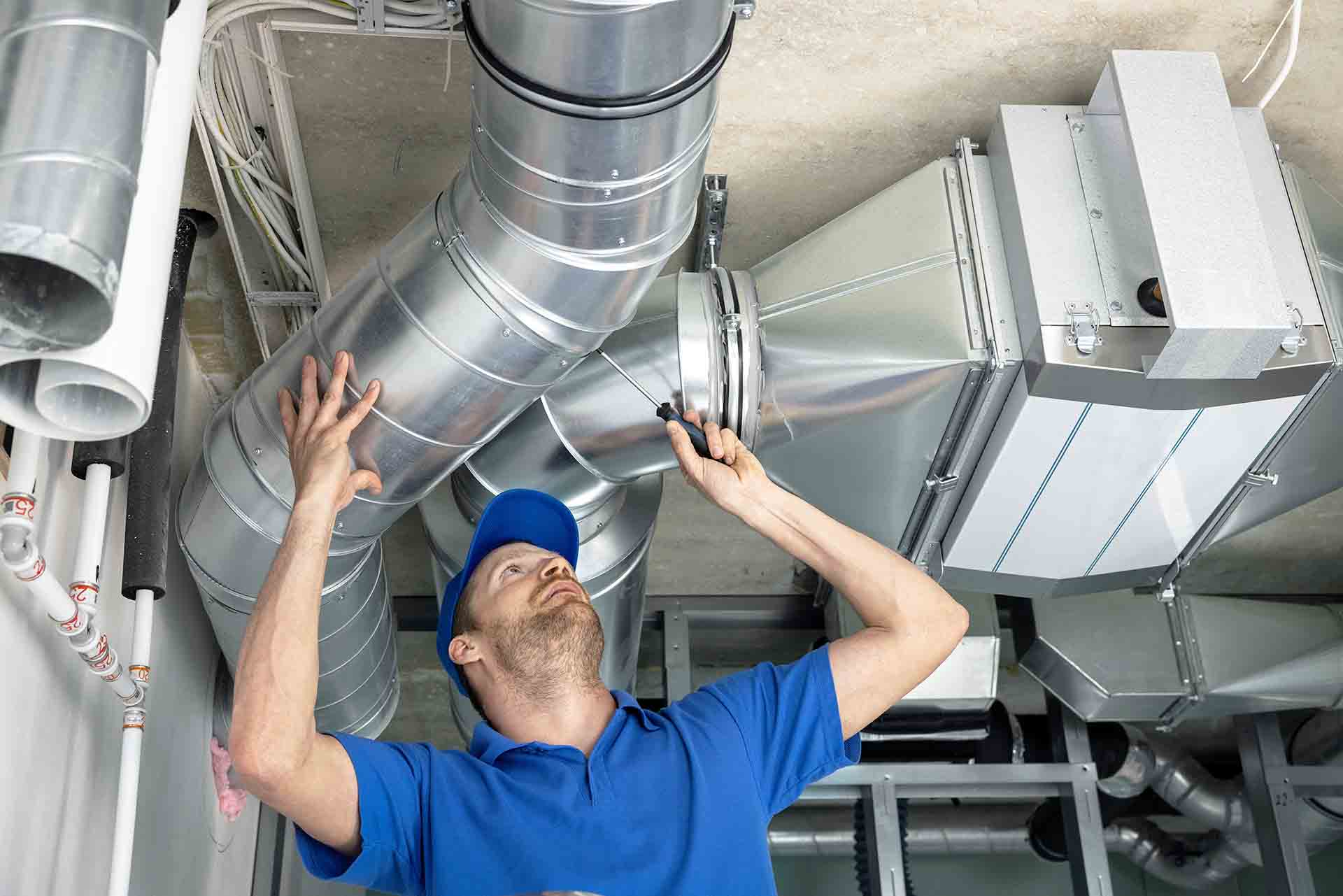
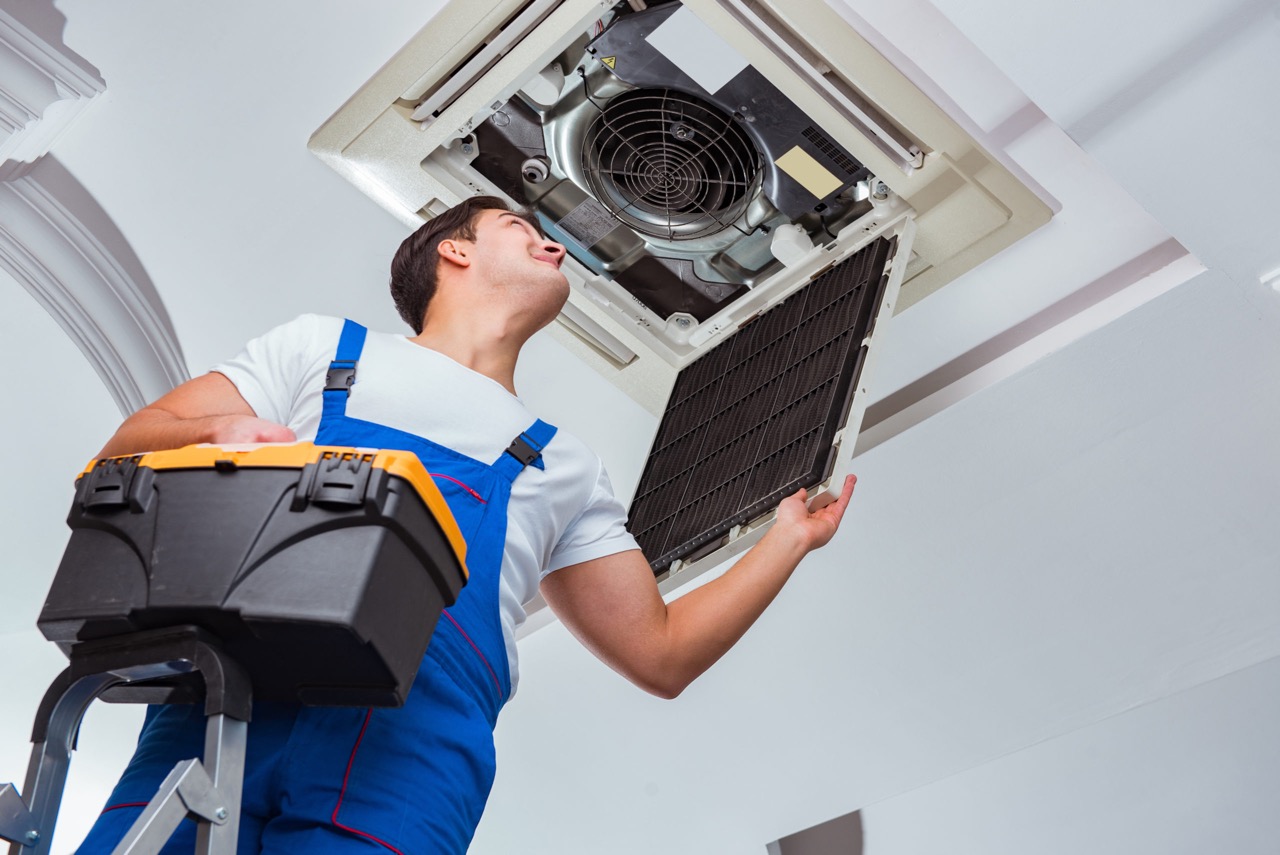
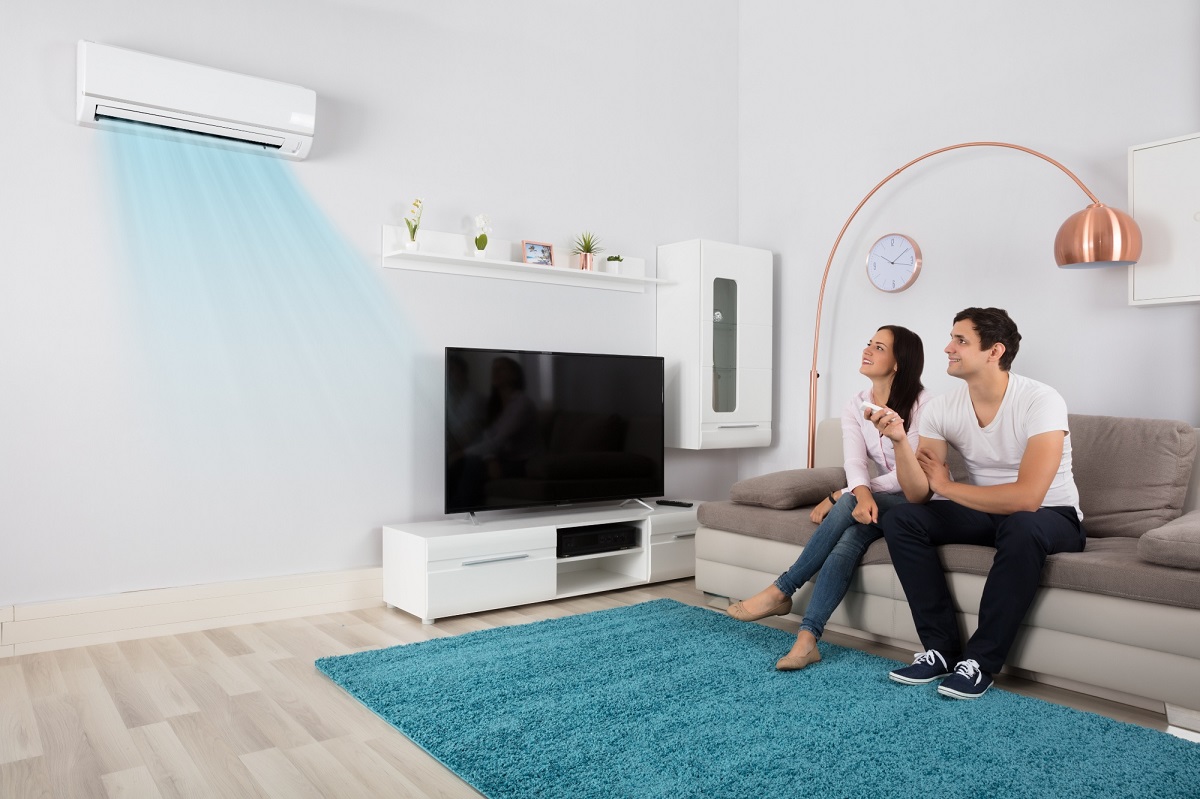
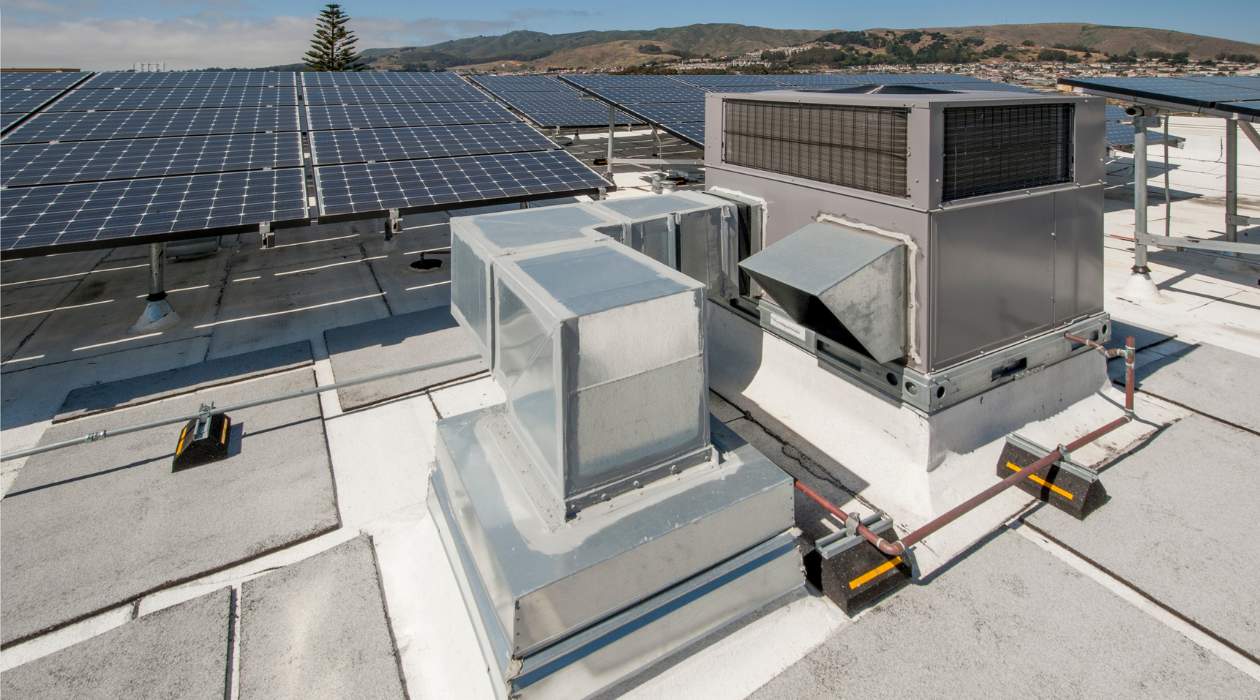
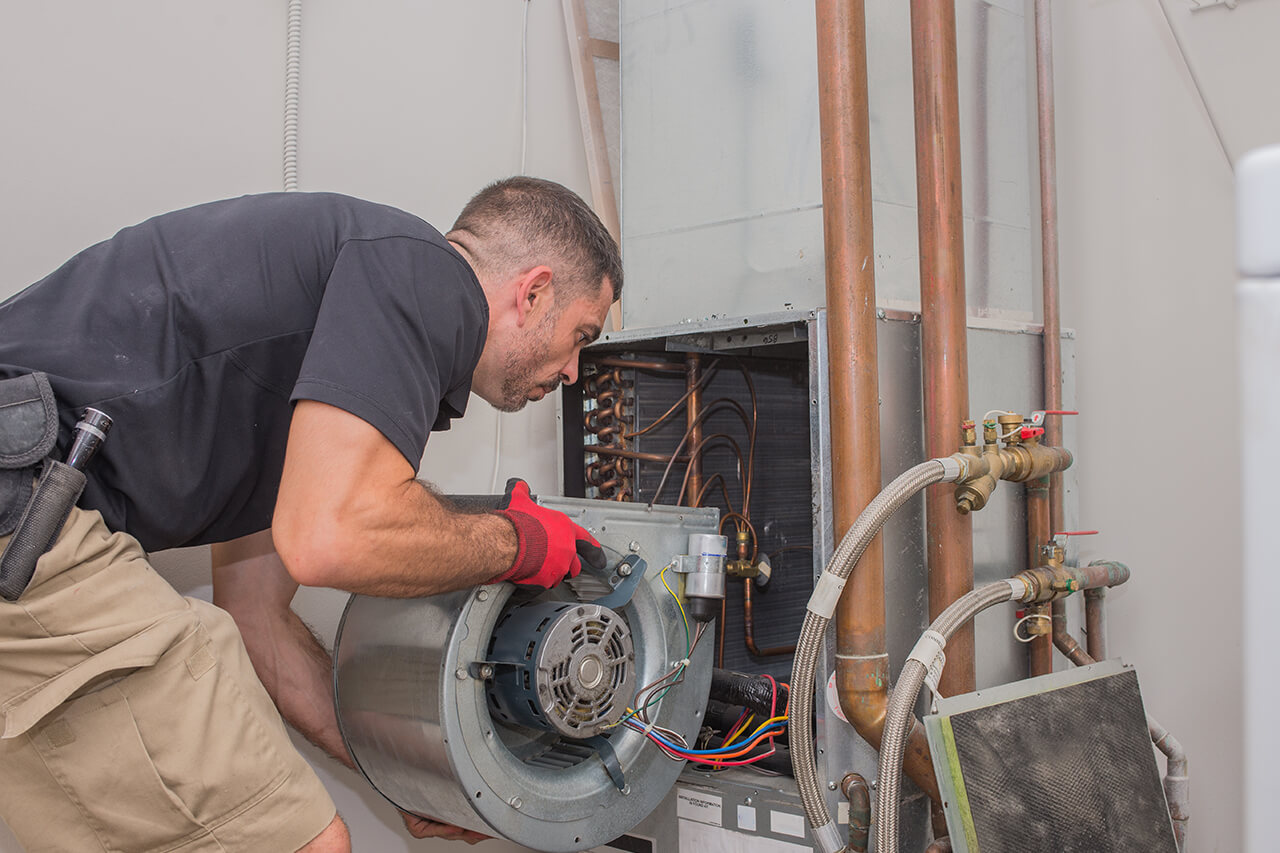
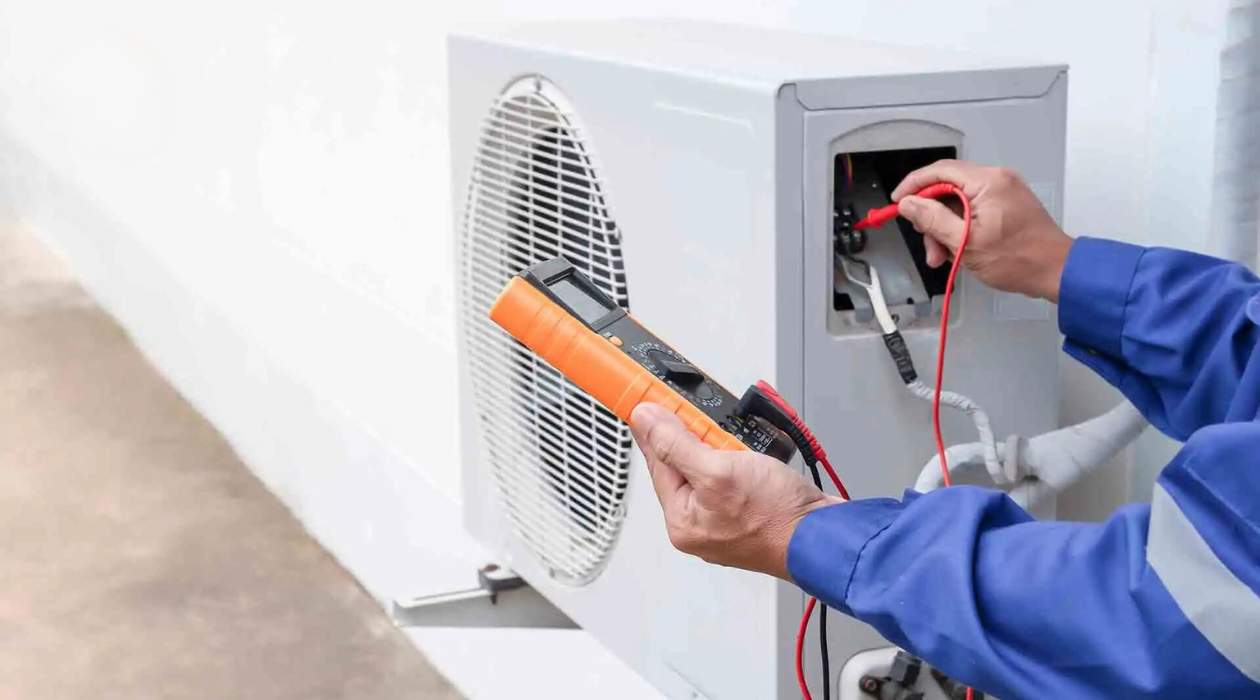
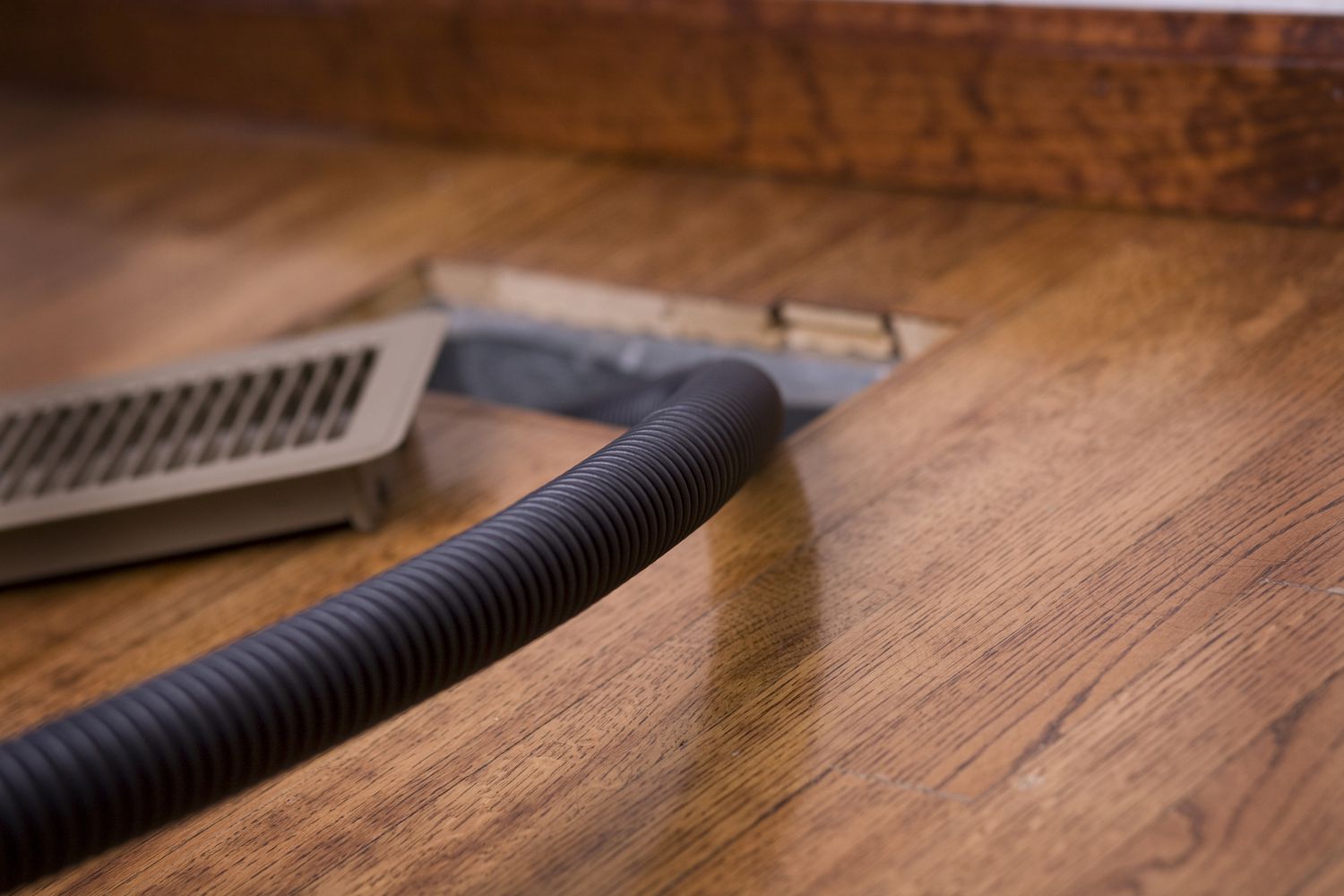

0 thoughts on “How Does A Split System HVAC Work”